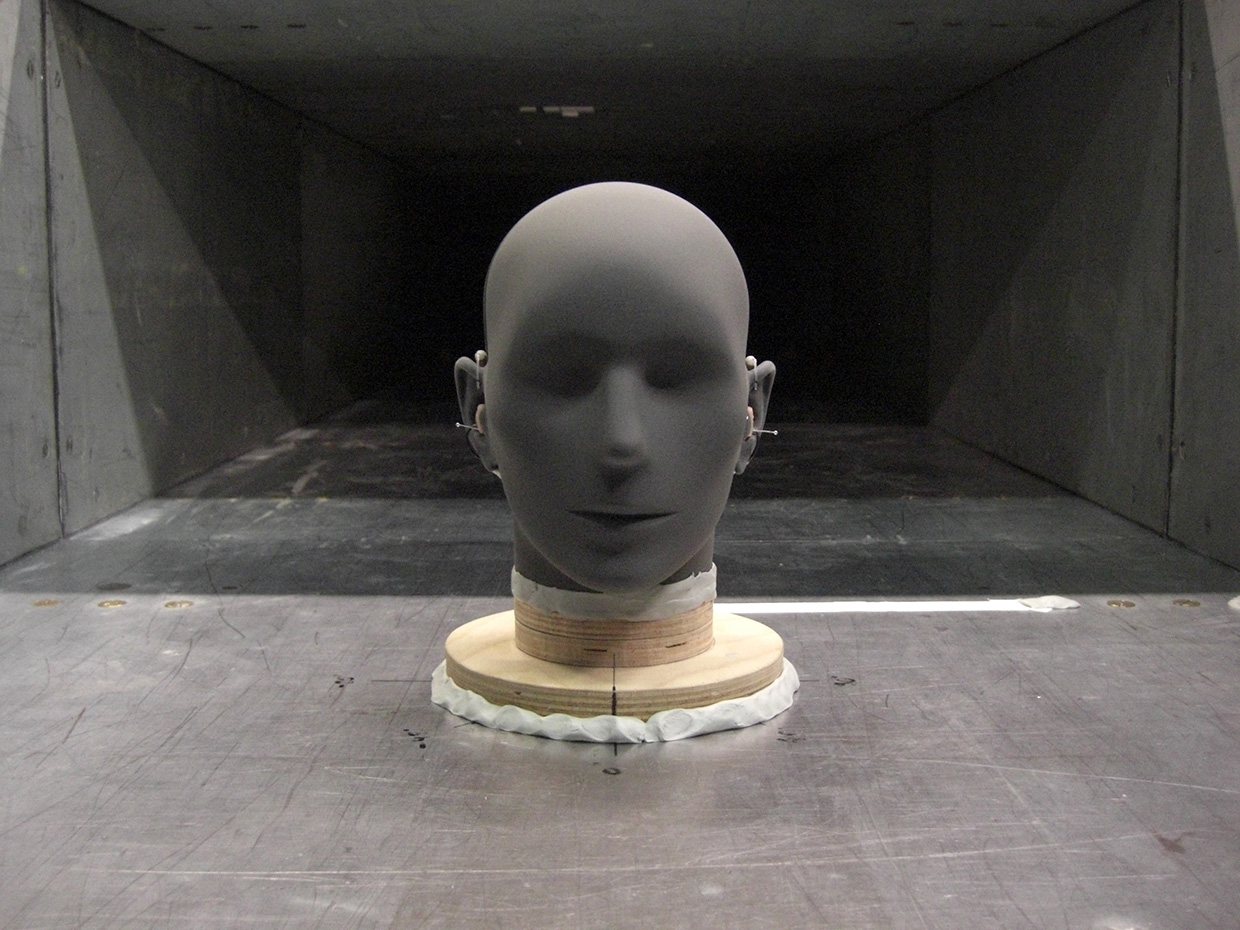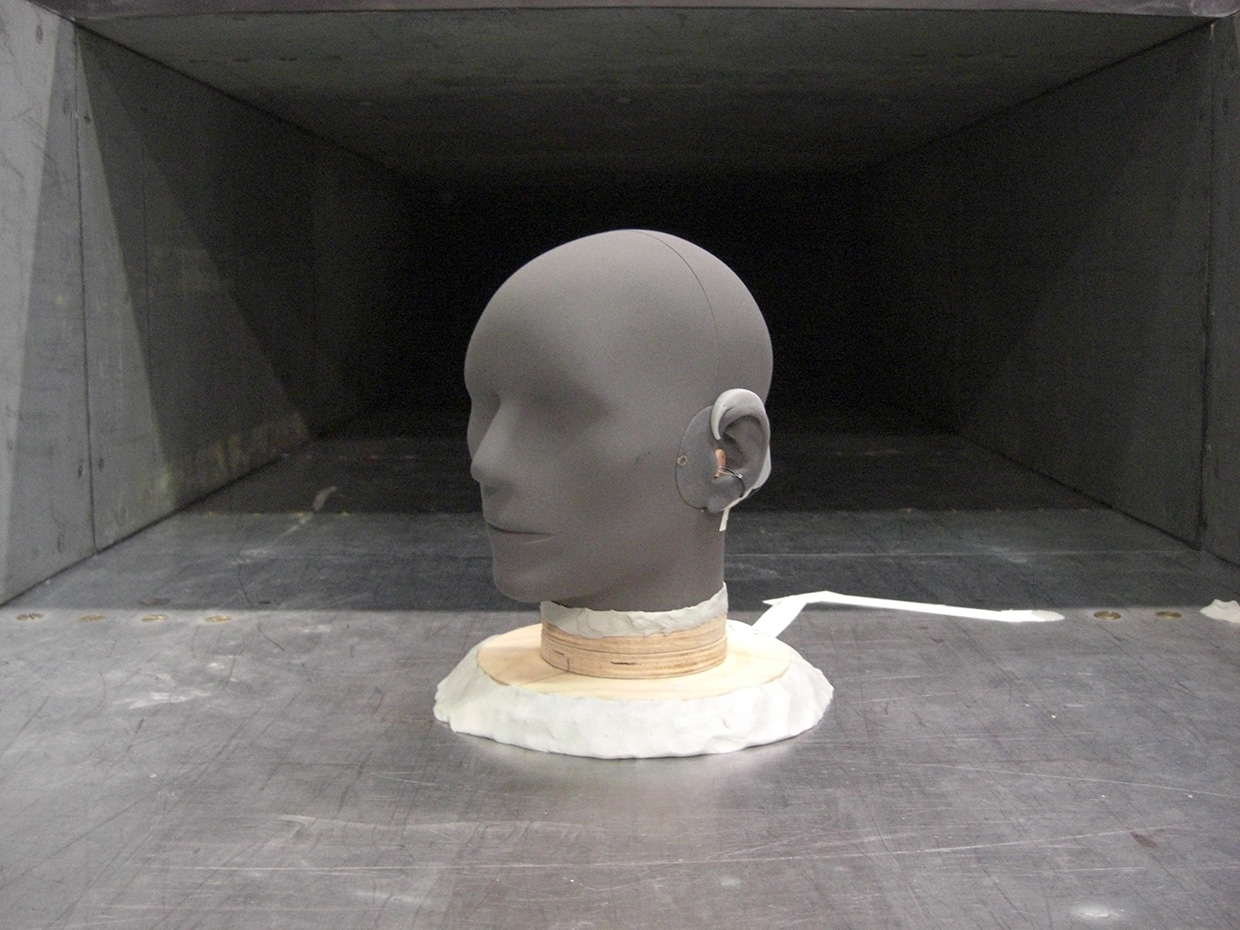

While most people hardly perceive a slight draft or a breeze of wind, it is a real nuisance for hearing aid users. This is because the air draft reaches the microphone inside the hearing aid and creates a pseudo noise. This “false” sound can be much louder than the actual noise. In short, it impairs the perception of those sounds the hearing aid user wishes to listen to, like music or the conversation of colleagues for example
This affects many people: Approximately 14 million people in Germany live with a more or less severe hearing impairment. 60 percent of all persons over the age of 65 are hard of hearing. Moreover, 4 percent of all persons aged between 15 and 35 years already have an incurable hearing impairment. Even though not all of these persons use hearing aids, suitable devices - i.e. a combination of microphone, signal processing and loudspeaker - are of great importance. From the users’ viewpoint, the quality of hearing aids depends on many factors, including sensitivity and wind noise.
Researchers of the Fraunhofer IBP deal with this topic: They perform tests on an artificial head in a wind tunnel to optimize the post-processing for such background noise. How do wind speed and incidence angle of the wind influence the ear and hearing aid? The researchers have carried out a number of such investigations in the aeroacoustic wind tunnel of the Fraunhofer IBP on hearing aids worn both inside and outside the ear, installed on an artificial head that they rotate for a full 360 degrees in steps of 45 degrees. The measurements were made at wind speeds of five, eight and ten meters per second.
Based on the data measured at both ears, i.e. binaurally, the differences in hearing and hearing loss occurring in different wind conditions can be evaluated. The data can, of course, be used individually for each ear if only one hearing aid is used. Comparative data gained with a calibrated microphone help to analyze and adapt the signal processing in the hearing aids. The investigations provide manufacturers with important information on how to adapt the signal processing of hearing aids to minimize the influence of wind noise at the microphone, thus creating an almost natural hearing experience for the user.